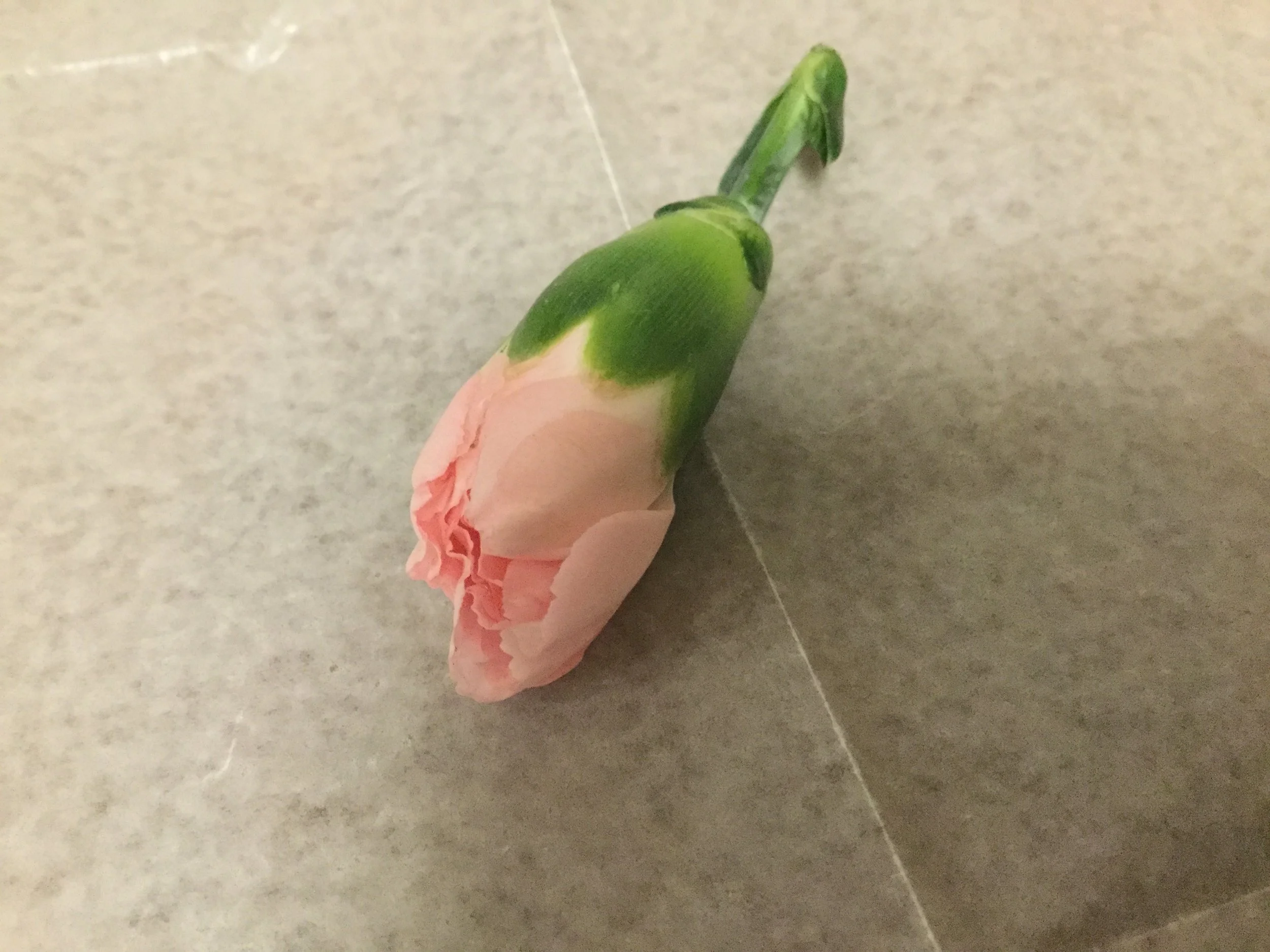#10 TATWTD. Reason & Beauty
Bear with me. Read the quote that follows this sentence.
“I mean,” said C.S. Lewis some many years ago, “it is disastrous when instead of merely attending to a rose we are forced to think of ourselves looking at the rose, with a certain type of mind and a certain type of eyes. It is disastrous because, if you are not very careful, the colour of the rose gets attributed to our optic nerves and its scent to our noses, and in the end, there is no rose left.”
Let me begin by saying, there’s little to criticize about the mind of C.S. Lewis.He was one brilliant rationalist. Still, he once warned his readers that in encountering a rose, we might get so caught up in the ‘science’ of smell and sight, of scent and color (he in his British English writes, “colour”), that we might lose the experience of “Rose” altogether.
Look, I found the little flower pictured alongside this posting while walking my dog. I saw it. I sniffed to see if any odor existed (it didn’t). I kept it because, well, because I appreciated its singular beauty.
Once home, I dropped the flower on my desk and mostly forgot about it. I pulled the book “God in the Dock” off a shelf looking for Lewis’s essay on Bulverism and read his opening paragraph which was about smelling a rose and, being of random inclinations, I thought of my flower and wondered, “What if, what if . . . we appreciate both the flower for its beauty and our senses for their perceptions?
I mean – is it nothing short of dumbfounding that in order for us to See a flower, we must acknowledge a path to sight that is, in all fairness, well beyond the imagination of human design. I mean – look up “How we see.” Find Cornea (the window), Pupil (the controller), Iris, Macula, Retina, Fovea, Photoreceptors, Rods and Cones, Retinal Pigment Epithelium, Choroid, Sclera, Optic Nerve, Signals, Wavelengths, Three colors observed, Curves, Upside-down images all working cooperatively, allowing the Optic Nerve to carry Necessarily Gathered Signals to the Brain’s visual cortex where these signals are assembled allowing us to say, “Oh, look! A little pink flower lying on the sidewalk. I think I’ll give it a sniff and see if fragrance accompanies its image.”
Oh, boy, here we go – Smell: Go to work, Chemosensory system. Olfactory sensory neurons packed in a small patch of tissue well up in our noses are connected directly to our brain. It is estimated that about 1,000 genes encode each of these millions of receptors. And, oh, right, don’t forget this – each receptor is specialized to detect a particular, small number of odors.
We breath, deeply. Air sucked into our noses travels to that patch about the size of a pecan holding millions of receptor neurons. Every aroma sends a message along the olfactory nerve to the Olfactory Bulb that rests under the front of our brains and there, the message is translated into one of the 10,000 odors humans are able to identify. And, no surprise, like our different views of politics or religion, or spicy foods, or the color purple, none of us identifies any one odor exactly as our friend might.
It may be because this little patch of neurons high up in our noses is so valuable, that we are encouraged not to “blow” noses but rather, to sniff, and suck it up. I’m speculating.
“What EVER was all this about?” you might ask.
Only this. Lewis was right. It’s possible to be so caught up on ‘figuring out stuff,’ in being scientific, rational, and investigative, that we miss recognizing what can’t be explained – like, why do we look at a flower and see “Beauty”? Whateveris beauty???
However – the joy of having brains that Do figure out things is a beauty in itself. Isn’t it? Let’s not miss celebrating both.





